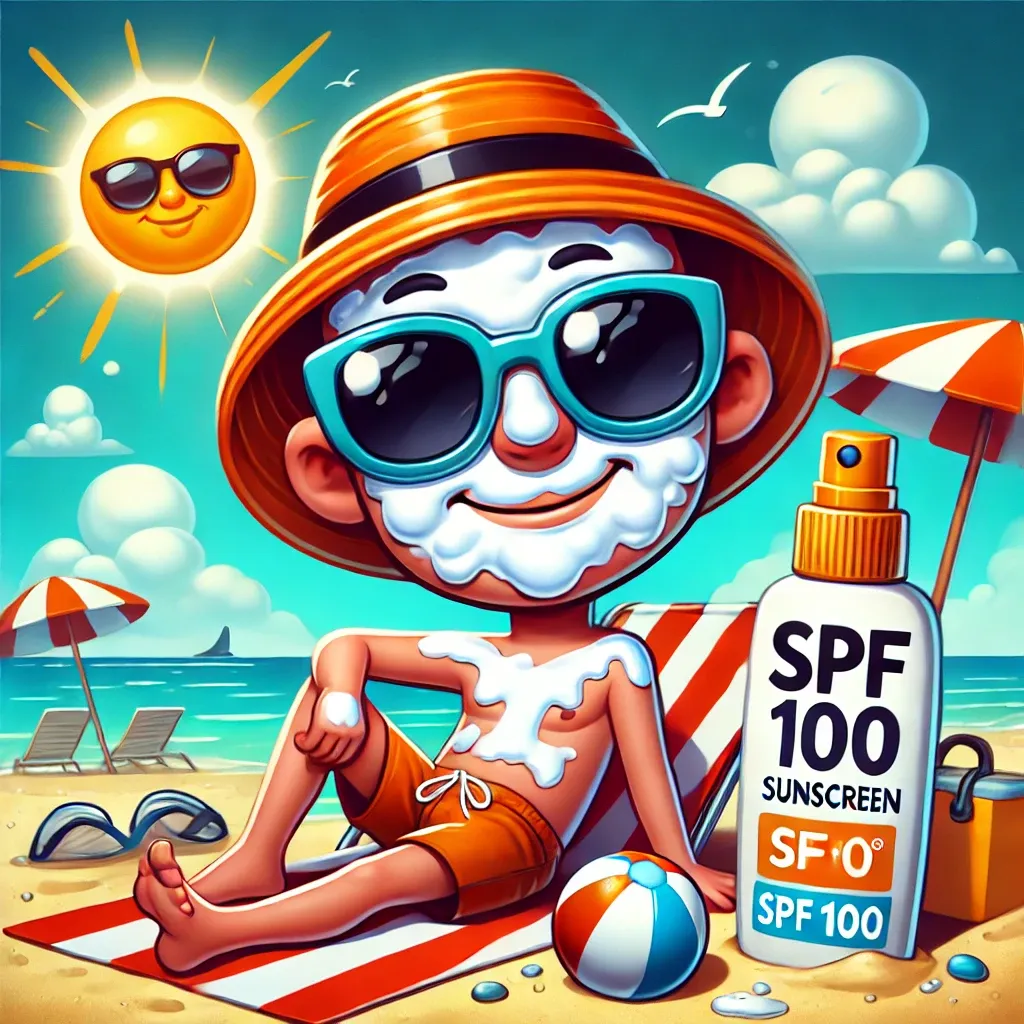Why Did Our Grandparents Look Older? The Science of Aging Perception

Good morning, Varrock Street Journal Community!
Have you ever looked at an old photograph or your parents high school year book and thought, "Why do people from the past look so much older at a younger age?" Why is it that our parents, or even our grandparents looked so much more mature their senior year of high school compared to current high schoolers? How come old TV shows had people in their 40s and 50s looking and dressing like grandparents, compared to the 40 and 50-year-olds who are running ultramarathons and competing in events like the CrossFit games?! I recently saw a video discussing this, which posed a couple of theories I thought would be worth exploring. Some of these have been gaining attention, with theories ranging from hydration levels to sunscreen use. But what does science have to say? In this edition, we’ll explore multiple theories, break down the evidence, and determine which factors truly influence how we perceive aging over time.

Theories Behind Why People in the Past Looked Older
1. Hydration Levels
A popular claim is that people in the past were chronically dehydrated compared to today, making their skin appear older and more wrinkled.
Supporting Evidence:
- Hydration is essential for maintaining skin elasticity and reducing dryness. Well-hydrated skin looks fuller and healthier, potentially affecting the way age is perceived. (Study on skin hydration and aging)
Counterarguments:
- While hydration is crucial, there is limited direct evidence suggesting that past generations were significantly more dehydrated than today’s population.
- Access to clean water has varied across societies, but many traditional diets included hydrating foods.
2. Sunscreen Usage and UV Exposure
Another theory is that increased use of sunscreen has slowed visible aging compared to past generations who had more UV exposure.
Supporting Evidence:
- UV radiation is a major factor in photoaging (wrinkles, pigmentation, and loss of skin elasticity). (Dermatology research on photoaging)
- Daily sunscreen use has been shown to reduce skin damage and even reverse signs of aging over time.
Counterarguments:
- In earlier centuries, people wore more protective clothing and spent less time in direct sun exposure.
- Societal behaviors around sun exposure and skincare routines varied greatly.
3. Lifestyle and Environmental Factors
Advancements in healthcare, nutrition, and living conditions have significantly influenced how we age.
Supporting Evidence:
- Better nutrition has led to healthier skin, as diets today include more vitamins and antioxidants. (Study on nutrition and skin health)
- Medical advancements have improved longevity and quality of life, reducing premature aging signs.
Counterarguments:
- While modern advancements contribute to improved health, past records of daily living habits are limited, making direct comparisons challenging.
4. Fashion and Grooming Styles
Clothing, hairstyles, and grooming trends play a major role in how age is perceived.
Supporting Evidence:
- Clothing trends in the past, such as formal wear and structured hairstyles, tend to be associated with older age, whereas casual styles today give a more youthful impression. (Fashion, the Body, and Age)
- Grooming standards such as facial hair styles or specific cuts often align with different age perceptions. (Harvard study on clothing psychology)
Counterarguments:
- Fashion norms differ across cultures, making it difficult to generalize trends in perceived aging.
Why This Matters
Understanding the factors that influence our perception of aging gives us insight into how lifestyle, skincare, and even fashion impact how we view ourselves and others. The study of aging perception also sheds light on how health and cultural trends shape generational differences.
Spotlight on Future Applications
With the rise of anti-aging research, we may see more targeted skincare solutions, dietary recommendations, and even AI-driven age assessments. Scientists are exploring genetic and environmental factors that contribute to aging, leading to new ways to maintain youthful appearances for longer.
Here is an interview with author David Sinclair who studies aging and wrote a fascinating book on why we don't have to! If you would like to hear a little more check out this video!
Reflection Questions:
- How much do you think personal skincare habits influence aging compared to genetics?
- Do you believe that cultural perceptions of age influence how we see past generations?
- What other lifestyle factors do you think contribute to looking "older" or "younger" over time?
That’s it for this edition of the Varrock Street Journal! Thanks for joining us on this deep dive into the science of aging perception. Until next time, stay curious!
📌 Follow us for more insights:🔗 TikTok🔗 Instagram
